
Yoga and semi-supine
Yoga and semi-supine
In yoga it’s called “savasana”. In Alexander Technique it’s called “semi-supine” or “constructive rest”. There are many similarities between the savasana pose in yoga and semi-supine.
Savasana has the outward appearance of something easy and yet it is described by some as one of the most difficult poses to master. At the heart of the matter is the meditative state required to completely let go of physical tension and the mental tension that accompanies it, while still remaining present and aware in the moment.
Proponents of the Alexander Technique use a version of this pose to cultivate a neutral state of balance and poise, enjoying a presence in the moment that flows into movement as well.
Semi supine
We call it ‘Active Rest’ or ‘semi supine, a daily practice of awareness and self-care, which is particularly beneficial for sufferers of back pain.
The semi-supine position maximises sensory feedback through full contact of the head and torso with a firm, flat surface. This feedback helps to build up kinaesthetic awareness of the width, length and depth of the spine as the core structure that is so vital to balance in movement.
You may be familiar with a popular, but often misunderstood, idea that we are about an inch shorter in height in the evening than in the morning. This has some basis in a specific physiological process at work in the spine and which semi-supine can counter to our benefit. The intervertebral discs are a remarkable part of the larger strong and beautifully integrated structure of the spine and have a unique ability to absorb and hold fluid – up to forty times their own volume! During four or five hours of being upright, however, this shock absorbency system is gradually compromised as fluid is pressed out of the discs, resulting in less cushioning between the vertebrae.
Spending fifteen to twenty minutes in semi-supine allows the load to come off the whole spine and gives the discs the time they need to fully rehydrate. This means our spine gains a slight increase in overall length, letting us enjoy our full height and our buoyancy in movement at any time of the day.
In both yoga and semi-supine the benefits of a lengthening spine go further. A spine without undue compression is also our pathway into the healthy operation of our Automatic Postural Patterns or APPs. APPs refer to involuntary muscular activity that facilitates voluntary movement. APP’s help to reorganise soft tissue surrounding our bones so that the muscular work of both supporting and moving parts is distributed evenly and appropriately throughout our whole body. Whenever a movement is sensed as light, easy, effortless – that’s when your Automatic Postural Patterns are at play. The desire to trigger the APPs by lengthening the spine in Active Rest explains some of the recommendations for the practice.
Firstly, the addition of a head rest of some kind is used to foster an easy relationship of the head with the torso, gently allowing for the natural curve of the cervical spine and avoiding over-straightening the neck. The balancing of the head in relationship to the spine is crucial to ensuring that neck muscles are free to release from attachments on the skull itself right through to their attachments to the collar bones and other parts of the arm structure and ribs. The plumping up of the intervertebral discs, as described above, spaces out the articulations of the ribs with the vertebrae opening the way for full rib excursion, deepening the experience of the breath. The arms themselves are positioned palms down on the abdomen, elbows releasing gently out to the sides. This facilitates an expansion through the upper torso and shoulder girdle from side to side and from front to back. It makes any pulling back of the shoulders (and as a consequence, narrowing of the back) less likely. Resting the palms on the abdomen and the contact of our back with the floor also draws our awareness to the movement of the breath.
In semi-supine we ‘listen’ with our feet on the floor, enjoying a dynamic balance between hips, knees and ankles. The soles of our feet, with their large number of sensory nerve endings, play an important role in the operation of APPs. They sense the detail of the surface we are in contact with, as well as telling us about the relationship of our leg joints. This information is then sent to our central nervous system where it becomes integrated with signals coming from the rest of our body and guides the body’s determination of easy balance throughout our system. Remembering to include our ‘listening’ feet is an essential part of achieving healthy functional motor patterns.
Semi-supine offers the benefits of ease and improved alignment before or after yoga asana practice and can be used independently as a regular meditation to promote integrated movement and functioning. The combination of both physical and mental rebalancing offered by this pose can enhance the moment-to-moment quality of our everyday movement and our life. There are some differences in approach between savasana in yoga and the semi-supine, but the wisdom is that there are benefits to be had from doing one or both.
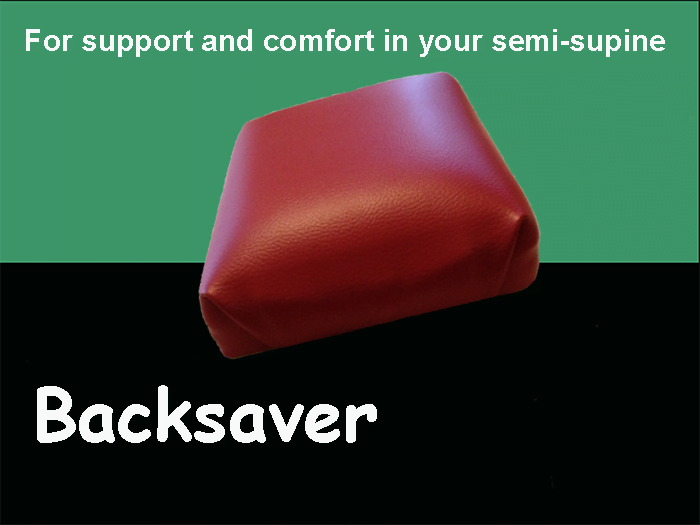
This is the only place where you can buy a Backsaver head cushion to use in semi-supine.
Buy yours now. $45AUD +$15 shipping
-

Alexander Technique and Posture
Achieve Better Posture with the Alexander Technique Who wouldn't like great posture? After all posture reflects who we are, our mood, our...
-

Backsaver | use a Backsaver cushion for a comfortable semi-supine
The semi-supine is a procedure that is recommended by Alexander Technique teachers around the world. It involves lying on a firm surface, having the...
-

Chronic Pain-using Alexander Technique to manage pain conditions
Alexander Technique for chronic pain The Alexander Technique is an educational method, not a health-care intervention. Alexander teachers do not...
-

Best self-improvement-Constructive Conscious Control of the Individual
The best self-improvement for your well-being is Constructive Conscious Control In the realm of self-improvement and personal growth, one concept...
-

Alexander Technique and breathing
The Alexander Technique presents a holistic approach for improving posture, movement, and overall well-being. Developed by F.M. Alexander in the...
-

Manage your herniated disc
It’s called a “slipped disc”, a ‘bulging disc” or a “herniated disc”. It means pretty much the same...
-

Yoga and semi-supine
In yoga it’s called “savasana”. In Alexander Technique it’s called “semi supine” or “constructive...
-

Sciatica self-regulation with Alexander Technique.
Alexander lessons can assist you to manage sciatica. Sciatic pain happens when inappropriate pressure comes onto the sciatic nerve. The causes can...
-

Use your hip joints to avoid back pain
Did you know that the most common type of back pain, suffered by people, is lower back pain? If you have lower back pain, it's a red flag that...
-

What is the Alexander Technique semi-supine position?
This person is doing an Alexander Technique procedure called the 'semi-supine'. Some people call this the 'Rescue Position'. It's called the Rescue...
-

The Alexander Approach
The Alexander approach to human functioning. The Alexander approach to teaching provides you with the opportunity for making choice within your...
-

Alexander Technique for Back Pain.
If you have pains in your back, legs arms and neck that won’t go away, you are not alone. Over 4 million people in Australia or (16% of the...
-

Alexander Technique and scoliosis
Alexander Technique is an invaluable tool for anyone who suffers from scoliosis. Conventional treatment involves the sufferer wearing a brace....
-

Is Alexander Technique Quackery?
Is Alexander Technique Quackery?If you are developing an interest in Alexander Technique, it's good to gather information and understand what it is...
-

Does Alexander Technique help back pain?
Chronic back pain can be effectively managed by employing Alexander Technique skills. Pain sufferers not only experienced reduction in pain days but...

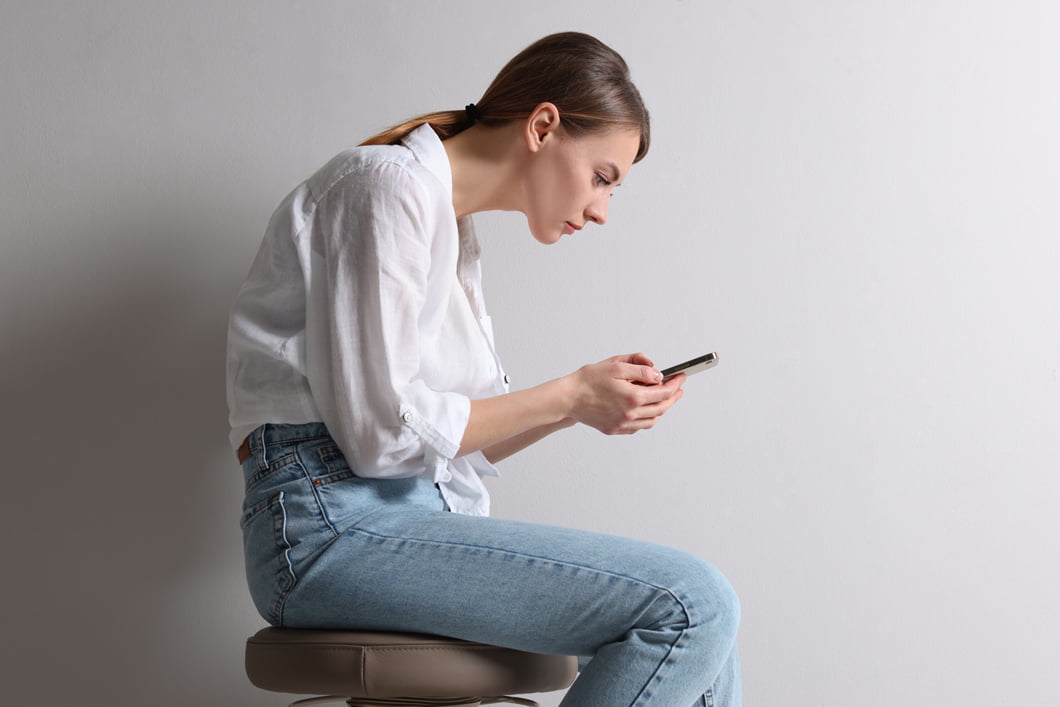
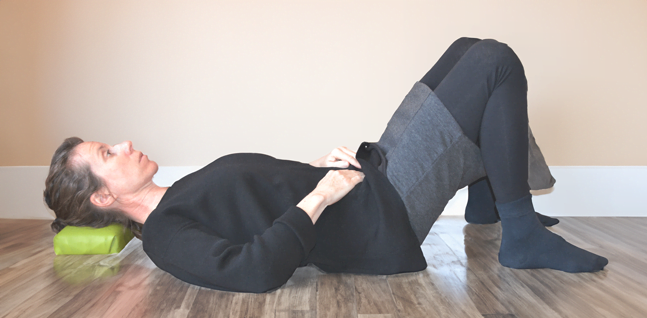






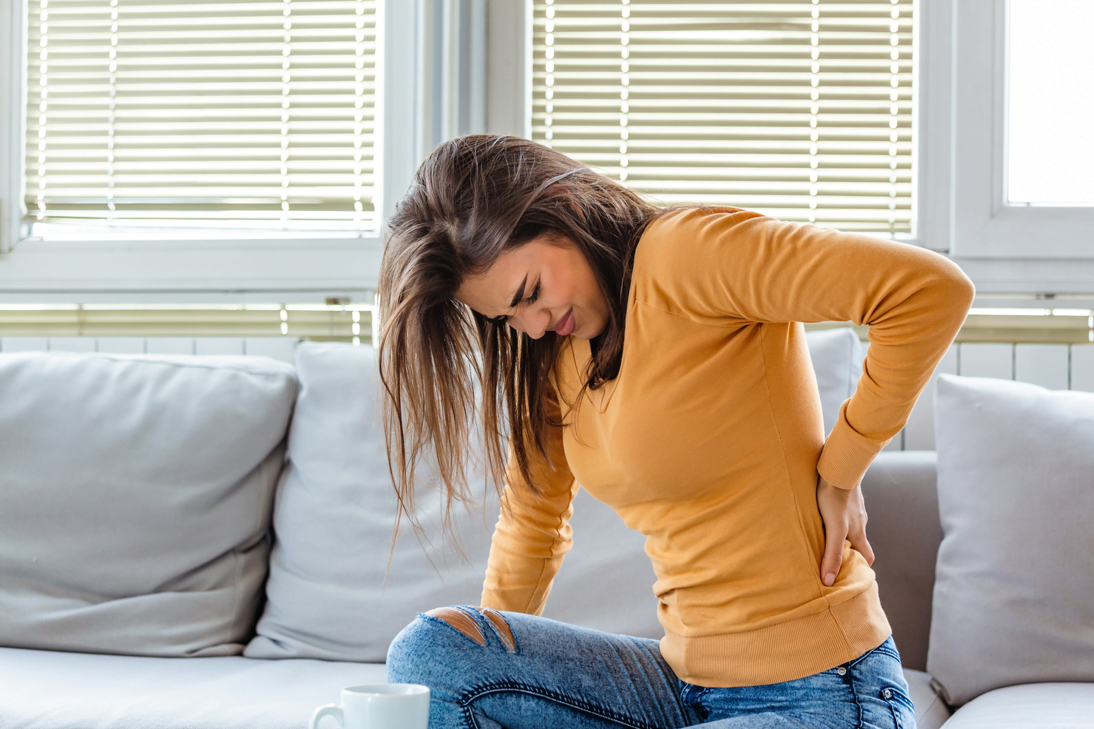
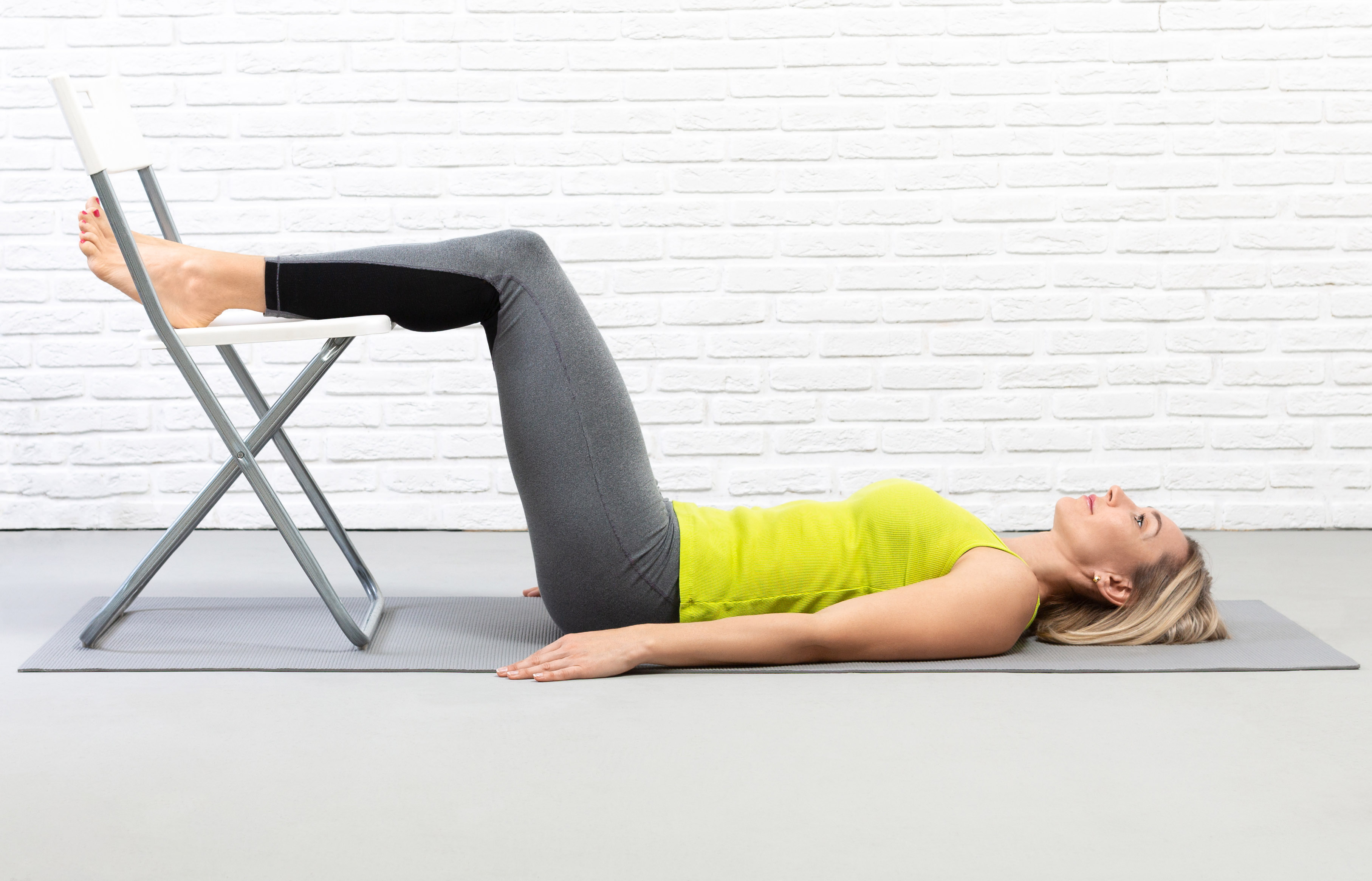
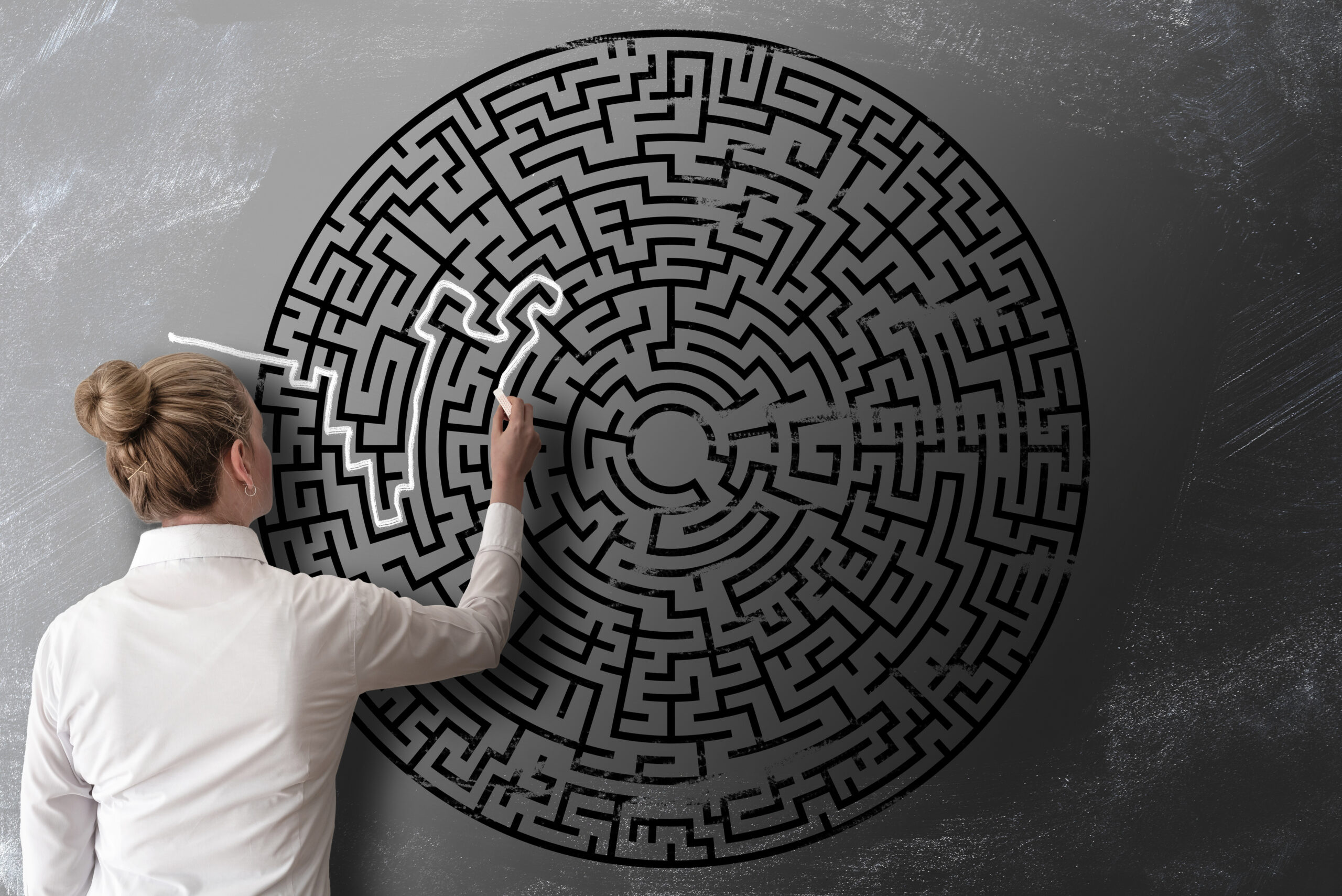
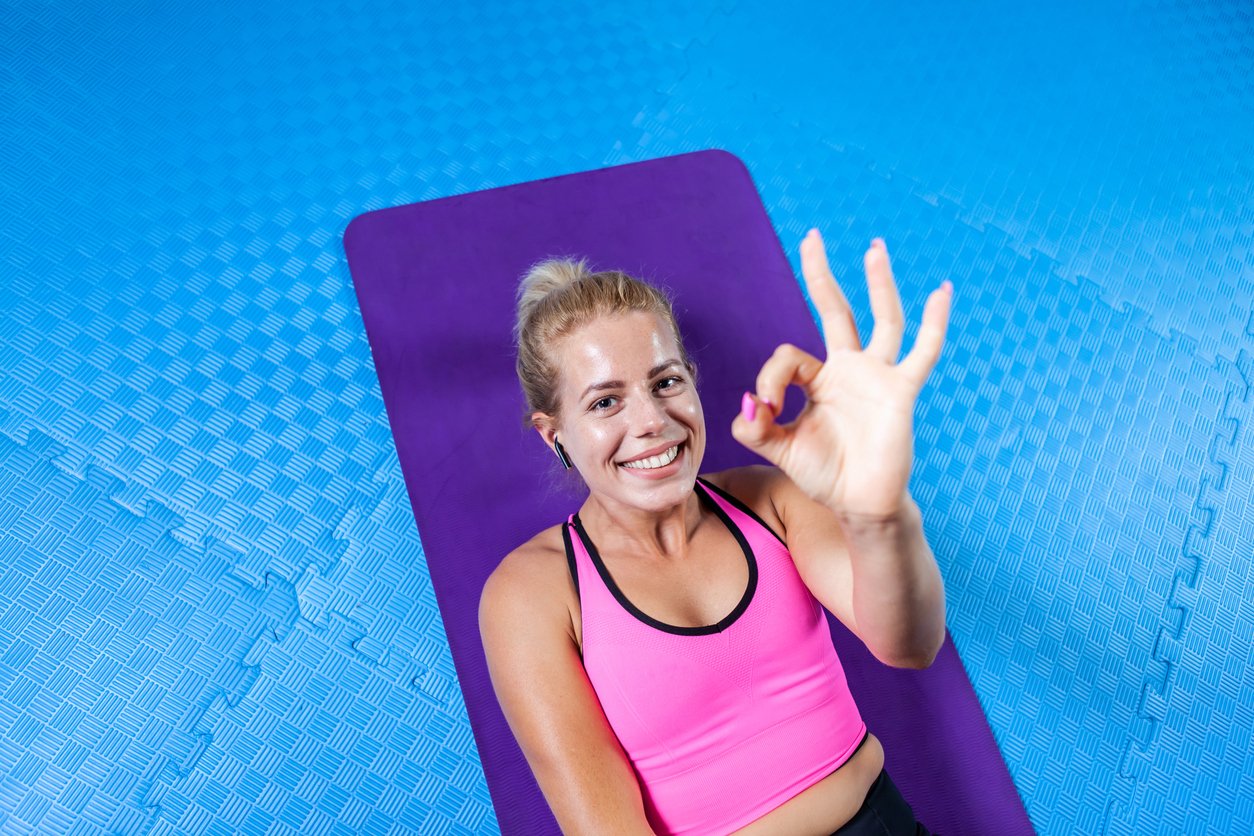
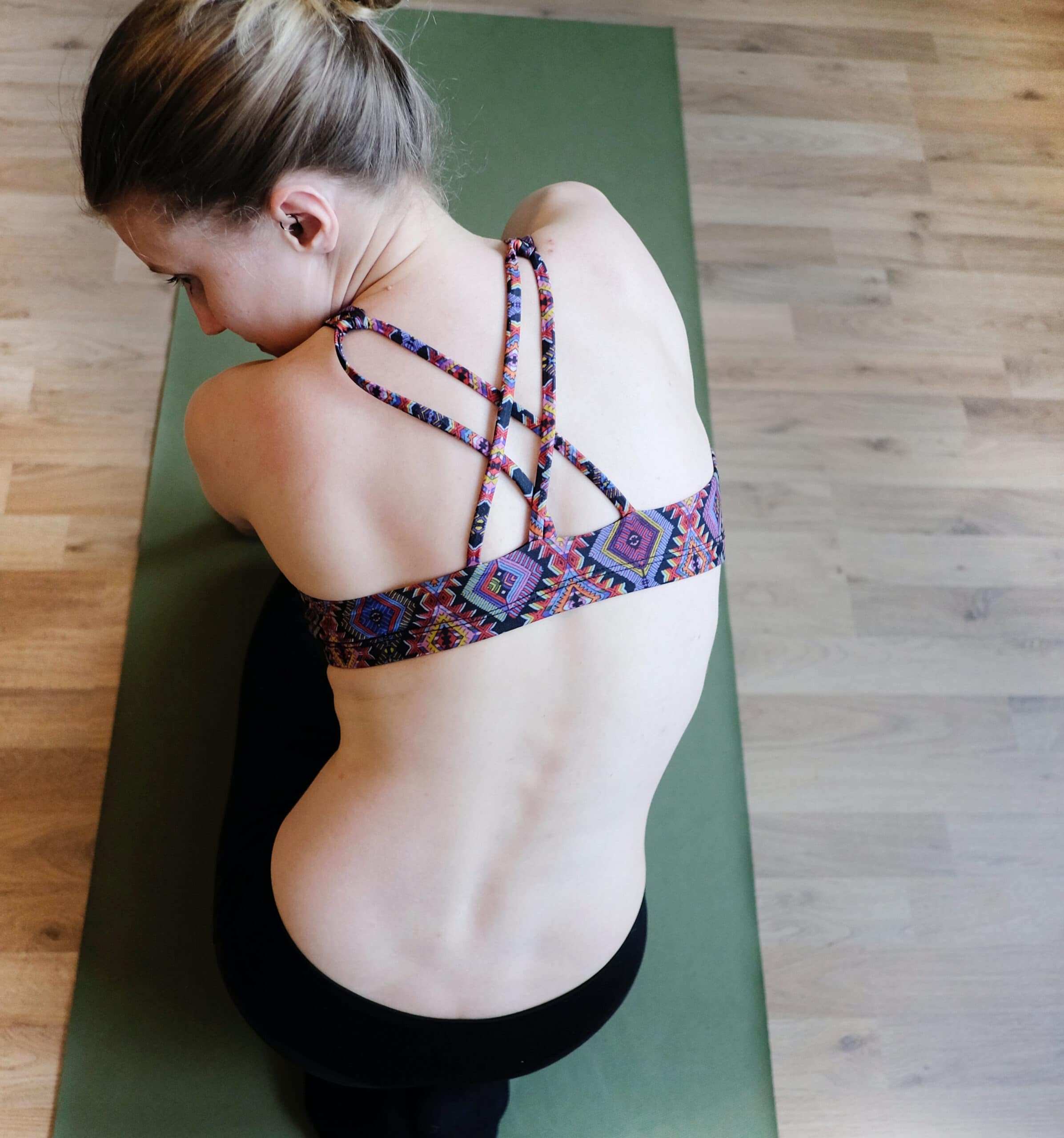


Recent Comments